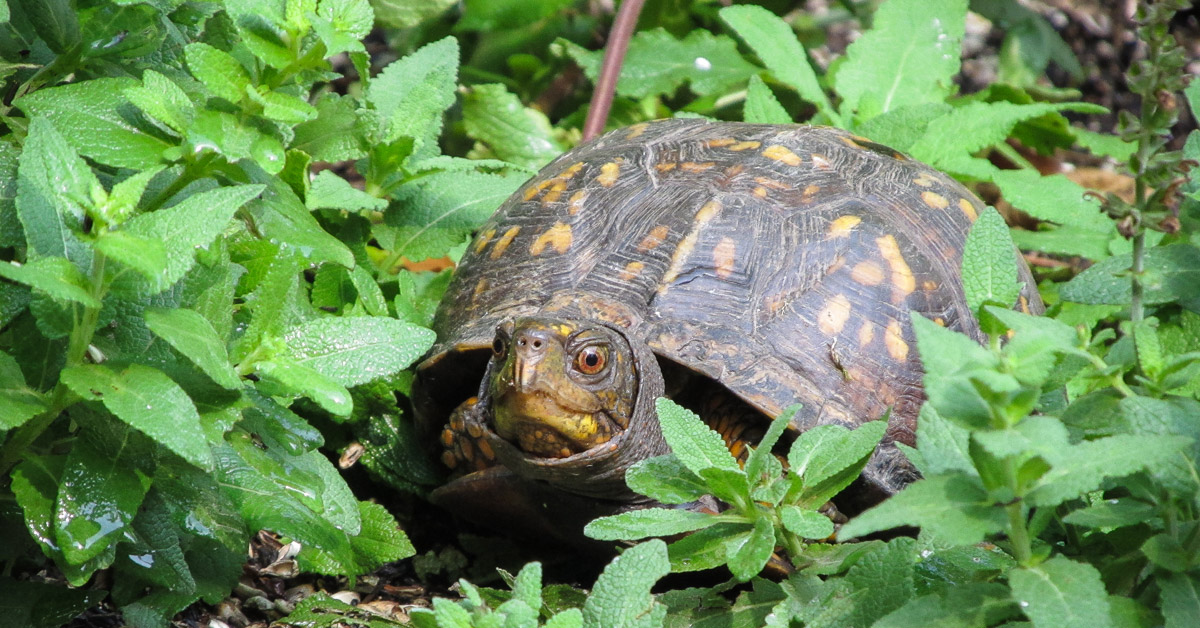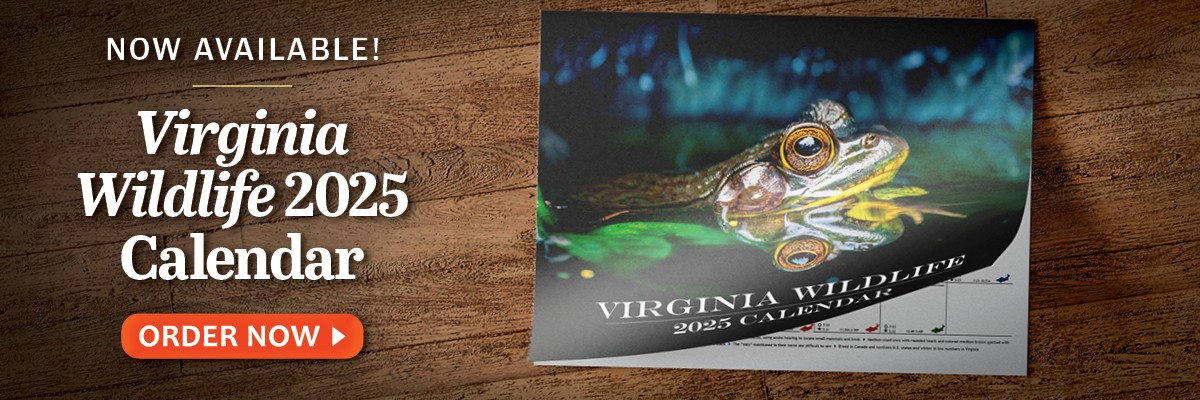
Photo by Chad Martin
Did you know that you can take some simple steps on your own property to help amphibians like frogs, toads, newts and salamanders, and reptiles like turtles, snakes, and lizards? Amphibians and reptiles are an important part of the natural world, but urban development and landscaping have caused their habitats to be lost or degraded.
You can help! Your yard, no matter the size, can provide important habitat for these animals. By following a few simple suggestions, you can improve the quality of the habitat for amphibians and reptiles in your yard. It’s a mutually beneficial situation, as amphibians and reptiles make great neighbors, eating a large number of insects and rodent pests.
How You Can Help
Enjoy wildlife where you find it – Keeping wildlife as pets prevents them from reproducing, which is important for survival of wildlife populations in your area. It also may be against local wildlife laws and regulations.
Don’t move wildlife – Wildlife encountered in your back yard are a home; this is where they live. Moving an animal to somewhere “better” (like a pond, park, or forest) can leave it vulnerable to predators and make searching for food more difficult. Amphibians and reptiles that are moved also may be killed crossing roads as they attempt to return to familiar surroundings.
Don’t turn it loose – Don’t release plants and animals from your home to the outdoors. This includes aquarium plants and animals. These living things can introduce diseases or become problems as they compete with and prey on native wildlife and plants.
Keep cats inside – Outdoor cats kill many songbirds per year and are thought to kill a great many amphibians and reptiles, too. Keeping your cat indoors not only helps wildlife, but also keeps your pet safe from cars and other dangers.
Minimize pesticide use –Amphibians are particularly vulnerable to pesticides. Their skin allows not only water and oxygen to be absorbed directly into their body, but chemicals also.
Minimize fertilizer use – Excess fertilizer can run off into nearby water bodies (ponds, streams and rivers) where it may cause harm and even death to aquatic animals.
Plant native species – Plants adapted to live in your local area need less maintenance than those originally from other areas. Native plants are often hardier and require less water, fertilizer, and pesticide use.
Enhance habitat – Including different habitat types in your yard will give wildlife more spaces to use. Landscape using a variety of native shrubs and trees. Let leaves stay where they fall on all or part of your property and provide logs, rocks, and brush piles of branches and twigs as shelter.
Maintain backyard ponds in natural state – Ponds can be important breeding habitat for frogs and salamanders, but only if large, predatory fish that feed on eggs and young are not present. Keep or plant native vegetation around a pond’s border as it is important shelter for tadpoles and small frogs to avoid predators.
Content adapted from Partners in Amphibian and Reptile Conservation


